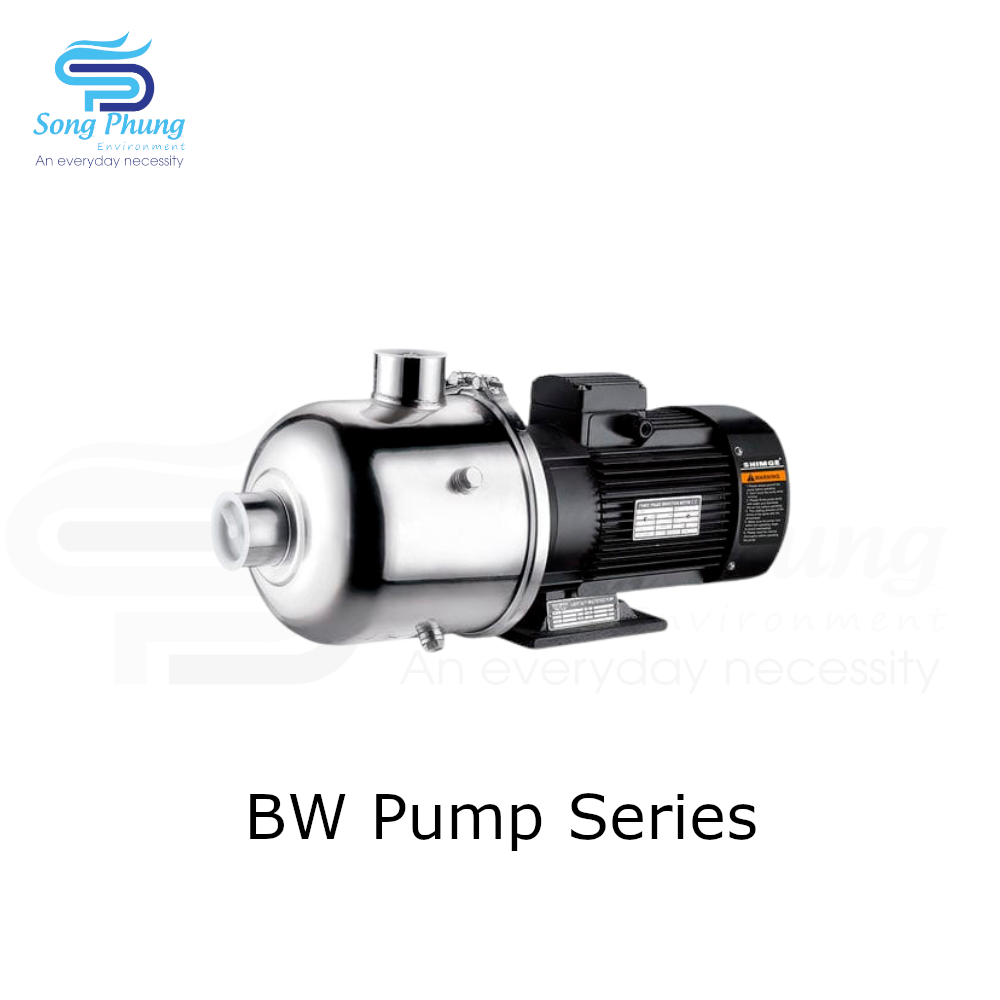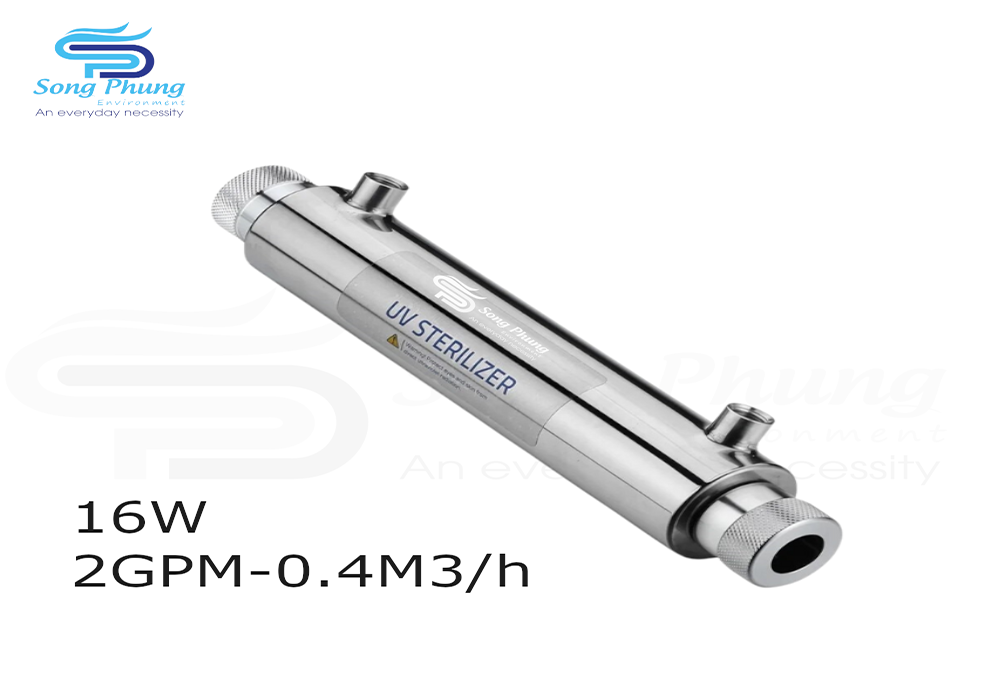According to the U.S. Geological Survey, about 15% of Americans use well water in their homes. In each home, a well water system provides clean water at the turn of a faucet. Faulty or inadequate well systems can result in unsafe, unavailable, or slow-flowing water. For homeowners new to well water systems, well components may seem overly complicated. In this article, you can explore the key components of a well water system and how they work together to provide clean water for your home.

Components of a well water system
A home well water system consists of six main parts: well casing, well cover, water pump, pressure switch, pressure tank and water filtration system. These systems work together to deliver well water to each home as safe water for drinking, cooking, bathing and other uses as needed.
Well casing
The well casing is a tube that prevents the well mouth from collapsing. It is also sealed to prevent outside contaminants from entering your water supply. Well casings can be made of carbon steel, stainless steel, plastic or concrete. It allows the pump to maintain water access while protecting the well from foreign objects.
Well cover
A well cap as the name suggests is a cap located on the well casing. It protects well water supplies from debris, organic matter, pathogens and runoff. Well caps can be made from aluminum or plastic, and they have vents to equalize pressure on the inside and outside of the housing.
Pump
A well pump will move water from the well into the pressure tank. Depending on the type of pump used, it can be installed above the well or submerged in the well. The well pump above the water line uses suction to supply water to the system, while the submersible pump pushes water through the pipe to the tank. The size of the well will ultimately determine which type of pump is best for the particular well water system. For example, jet pumps and centrifugal pumps only work in shallow wells, while submersible pumps can be used in almost any type of well.

A well pump, pressure switch, and pressure tank all work together to supply water to the house. The pressure switch tells the pump when to turn on, and the pressure tank transmits pressure to the switch, allowing the switch to signal the pump. These communications allow the system to run efficiently with low power usage and increased longevity.
Well pressure switch
The well pressure switch detects pressure from the pressure tank to signal the pump when needed. The main purpose of the pressure switch is to maintain the life of the pump by helping it operate efficiently. During use, water flows out of the tank, causing the pressure to decrease until it reaches a preset level. When this threshold is reached, the pressure switch signals the pump to turn on. The pump will run until the tank reaches its maximum pressure threshold. At this time, the pressure switch will tell the pump to power off. This cycle allows the pump to run uninterrupted for a period of time calculated to keep the pump cool instead of every time the house needs water. A well-functioning pressure switch will significantly increase the life of your well pump.
Well pressure tank
Water filtration and treatment system
The filters and water treatment systems in well water systems make the water clear, delicious, and safe. Whole-house water filtration systems treat all water coming into the home from the well, while point-of-use filtration systems provide additional filtration to specific faucets, such as the kitchen sink. Well water requires at least some form of disinfection and sediment filtration. The most common water treatment systems in well water systems include UV disinfection systems, sediment filters, activated carbon filters, and reverse osmosis systems.

Disinfect well water
The most common form of well water disinfection is ultraviolet water disinfection. UV water purifiers expose water to ultraviolet rays as it flows through the system. The frequency of UV light in these systems is at a germicidal wavelength that inactivates microorganisms after a short exposure period. To ensure that UV light effectively inactivates microorganisms, a sediment filter must be installed between the water source and the UV system. If sediment enters a UV water purifier, it can block UV light from reaching all the water flowing through, causing bacteria, viruses and parasites to become active and capable of reproducing.

Additional well water treatment
Ways to choose a well water filtration system
Ultimately, the type of water filtration you choose for your well is determined by the contaminants in your well water. If you’re new to owning well water or are looking for a more thorough filtration system, start by testing your well water. For comprehensive testing, consult a laboratory listed on EPA’s list of certified laboratories. This facility has quality laboratories in each state, allowing homeowners from all over the country to quickly test their well water.
See more: What is the difference between a nominal filter and an absolute filter?
To learn more about other powerful and unique water filtration systems distributed by Song Phung, order online at the website https://thietbinganhnuoc.com/san-pham or call hotline 0913.90.72.74 – 0984.620.494 to be consulted in detail.
Follow Fanpage: https://www.facebook.com/SongPhungthietbinganhnuoc/ to be updated with new products.
Translator: Duong Nguyen Hoang Khang

